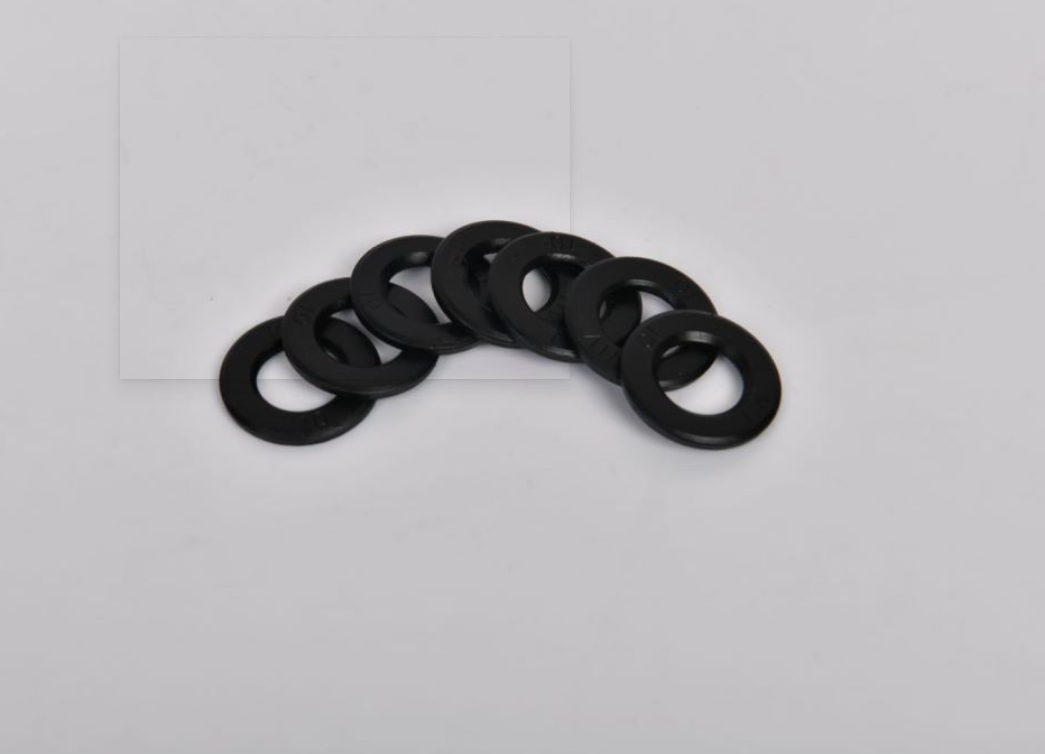screw length 1/2 drywall service
Understanding Screw Lengths for 1/2-Inch Drywall Installation
When it comes to drywall installation, one of the key components that can significantly affect both the ease of the process and the final results is the choice of screws. Specifically, when working with 1/2-inch drywall, understanding the proper screw lengths is crucial for achieving a secure, stable installation.
The Importance of Screw Selection
Drywall screws are designed to hold the drywall sheet in place against either wooden or metal studs. The right screw length ensures that the screw penetrates deeply enough into the supporting material without breaking through the other side. A screw that is too short can lead to insufficient grip, resulting in sagging or even detachment of the drywall over time. Conversely, one that is too long can risk damaging plumbing, electrical wiring, or other structures behind the drywall.
Recommended Screw Lengths for 1/2-Inch Drywall
For 1/2-inch drywall, the most commonly recommended screw length is 1-1/4 inches. This length is ideal for securing drywall to wooden studs, ensuring that the screw penetrates the drywall and embeds sufficiently into the stud. The general rule of thumb is to use a screw that is at least twice the thickness of the material being attached. Hence, with 1/2-inch drywall, a 1-1/4-inch screw meets this criterion perfectly.
When dealing with metal studs, however, a slightly shorter screw may be used. In this case, 1-inch screws can also be effective, as they provide adequate grip while ensuring that the screw does not protrude excessively, which can lead to complications in finishing.
Types of Screws
It's not just the length that matters; the type of screw is also essential. Drywall screws typically come in two types coarse thread and fine thread. Coarse-thread screws are primarily used for wood studs, as they grip the wood effectively, providing a solid hold. Fine-thread screws, on the other hand, are ideal for metal studs, as their sharper threads help penetrate through the metal material.
screw length 1/2 drywall service

Moreover, drywall screws are usually coated to prevent rust and corrosion, making them suitable for various environments, including those that are humid or subject to temperature fluctuations.
Installation Techniques
When installing 1/2-inch drywall, proper technique is crucial for ensuring the best results. First, it is essential to space the screws correctly. Screws should be placed about 12 inches apart along the edges of the drywall and approximately 16 inches apart in the field (the central area of the drywall sheet). This spacing ensures that the drywall is well-supported and secure.
As you drive in the screws, it is important to maintain a consistent depth. The goal is to bury the screw head slightly beneath the surface of the drywall without breaking the paper surface. This allows for a smooth finish when the drywall is taped and mudded, ultimately creating a seamless wall.
Common Mistakes to Avoid
One common mistake during drywall installation is overdriving the screws. This occurs when the screw is driven too deep, which can split the drywall paper and weaken the hold. Instead, use a drywall screw gun or a drill with a clutch setting to ensure that the screw is driven just below the surface.
Another frequent error is using the wrong screw length. As mentioned, a 1-1/4 inch screw is appropriate for wooden studs, but using a 1-inch screw in this case can lead to inadequate holding power.
Conclusion
Choosing the correct screw length is a fundamental aspect of installing 1/2-inch drywall. With 1-1/4 inch screws being the standard for wooden studs and 1-inch screws for metal frameworks, understanding these variables can greatly affect the durability and aesthetic of the finished project. Along with the appropriate selection of screw type and installation techniques, these considerations pave the way for a successful drywall installation, ensuring a solid and stable wall structure that can stand the test of time. Always remember the right length, type, and installation method form the cornerstone of a quality drywall project.
-
Top Choices for Plasterboard FixingNewsDec.26,2024
-
The Versatility of Specialty WashersNewsDec.26,2024
-
Secure Your ProjectsNewsDec.26,2024
-
Essential Screws for Chipboard Flooring ProjectsNewsDec.26,2024
-
Choosing the Right Drywall ScrewsNewsDec.26,2024
-
Black Phosphate Screws for Superior PerformanceNewsDec.26,2024
-
The Versatile Choice of Nylon Flat Washers for Your NeedsNewsDec.18,2024










